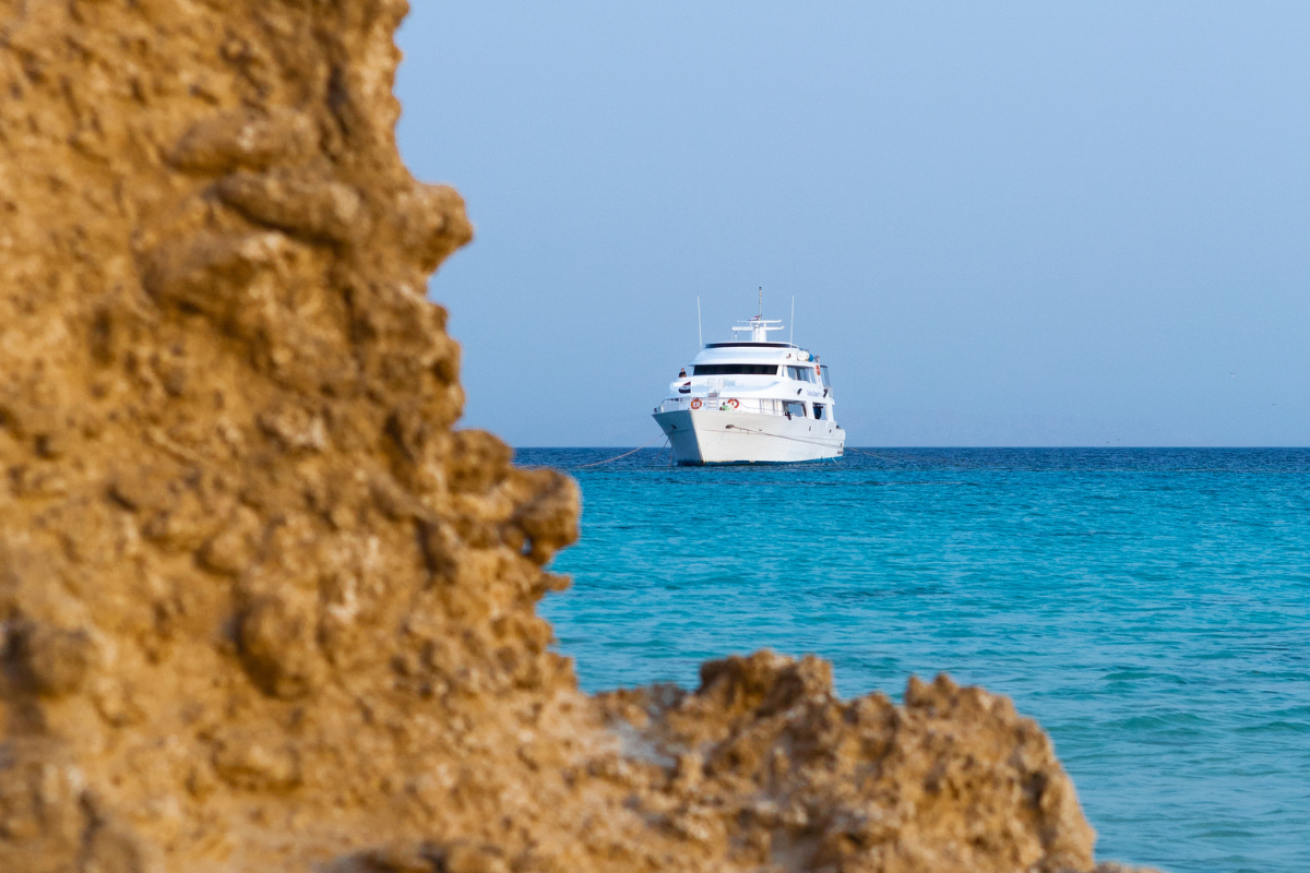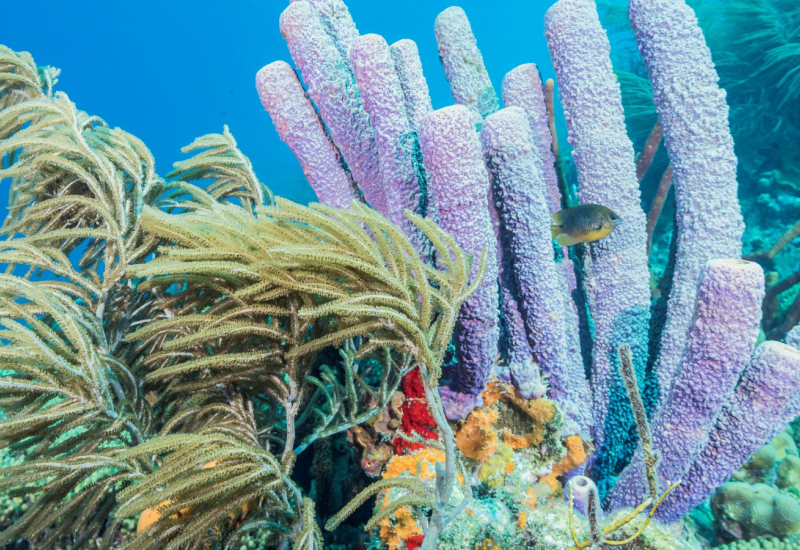The Liveaboard Diver “Map”

Courtesy of Aggressor AdventuresRed Sea Aggressor II
Liveaboard scuba divers: We all share a passion for this great sport, but how and why a diver gets wet is a personal journey. Because Aggressor Adventures is a company that caters to many different divers, the road they take must be mapped — particularly the one that leads them to choosing a liveaboard dive vacation.
I am a data hog, but I try not to get bogged down by too many numbers or data points. For every business, understanding the behavior of your customers, where they are from and what motivates them is essential to success. For a liveaboard company with a global presence, such as Aggressor Adventures, that means breaking down the world into segments based on how the company wants to define each region. As a CEO responsible for a complex master budget, segmenting helps me to decide what message to convey and how much to spend in each area. In that way, I can ensure that I maximize our marketing budget.
Geographic segmentation — mostly by continent or large regions of the world — helps our marketing message because we can take into account local and cultural preferences that impact a customer’s liveaboard trip choices. Our marketing message is also informed by determining the average age of liveaboard scuba divers in each geographic location. Lastly, understanding the type of diving that each segment seeks is also crucial to how we market our various itineraries.
Across all segments, we know that liveaboard scuba divers are at a stage where they want as many dives as possible, or at least the opportunity for them, every day of their scuba adventure. They also realize that the cost of an all-inclusive liveaboard vacation, which includes every meal, as well as daily day and night dives, is actually less expensive per dive than the rates charged by land-based resort and day-boat operators. Of course, liveaboards offer amenities and a comfort factor that become a major consideration in a diver’s future dive vacation decisions. You can see the positive impact that onboard amenities have on first-time liveaboard guests about halfway through the week, when they are enjoying a hot shower after a morning dive, followed by indulging in a hot snack in either a sun lounger or the air-conditioned salon. They start talking about how they should have made this leap eons ago and asking which liveaboard trip they should make next.
Our data shows that the age when a typical North American (USA & Canada) starts testing the liveaboard waters is when they are in their late forties. They are now coming into the time of life when they have the funds and time to enjoy a scuba-filled week. When North American divers get into their mid-fifties, we see them adding on additional days to their weeklong scuba liveaboard trip and touring local cultural and historical sites. Once they are in their sixties, it is the rare diver who does not plan an additional tour or a second week onboard. The North American diver enjoys diving in all types of warm-water seas, and not just where big-animal encounters are the main attraction. They are just as happy with watching the territorial attitude of an indigo hamlet as they are seeing a curious shark glide by them.
Contrast that with the demographic data we have of our youngest set of liveaboard divers, who are from Asia. The Asian liveaboard diver is generally in the late-twenties to early-thirties range. They possess an enormous sense of adventure, but very few add on additional tours or even extra days for a little R&R. Their passion for scuba shows and watching them underwater seeing new species and colorful coral fields brings a smile to my face every time. They are extremely excited about sharks, and this seems to be their focus on every dive.
Our data shows that European liveaboard divers are in the middle of the pack, ranging from mid-thirties to early forties. They rarely take less than a two-week holiday, and it is not unusual for a three-week vacation to be the norm. They are horrified that North Americans routinely only take a week off at a time! The European diver is more likely to be a step above novice as an underwater photographer or videographer. They enjoy everything from macro to whale sharks, but prefer the colorful reefscape backdrops of soft corals like those found in Indonesia and the Red Sea.
The data for divers in Russia and its surrounding Slavic countries are an anomaly. These divers are in countries that are in either Asia or Europe, so we have placed them in their own marketing category. They are typically mid-forties to mid-sixties, and the majority of them prefer diving with big animals, period. Generally speaking, Caribbean and Indonesian diving is not going to impress them, but they are excited about diving Darwin Island in the Galapagos Islands or Cocos Island, with their massive schools of hammerheads, or Blue Corner in Palau with its nonstop shark action.
I and I’m sure a lot of you do not fit into one of these “marketing molds,” but I wanted to give an insider’s view of who the “typical” liveaboard diver is. As you can see, it is as diverse as our underwater world, and that is why I love this business so much! Getting to be onboard as much as possible, and diving, chatting and swapping stories with other passionate scuba divers fills my adventurous spirit every time.

PADI Instructor 174820Wayne B. Brown
CEO Aggressor Adventures










